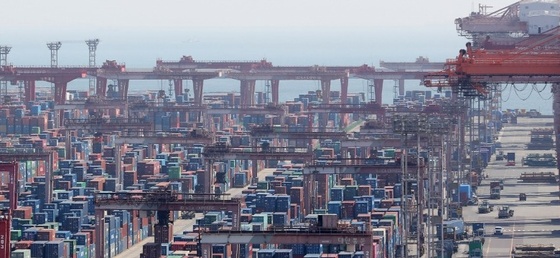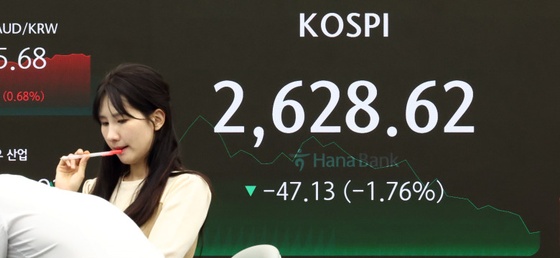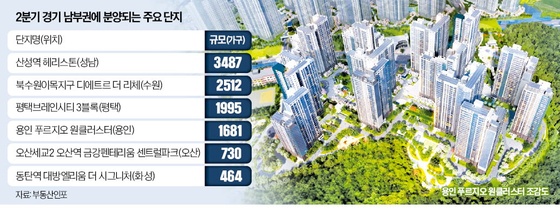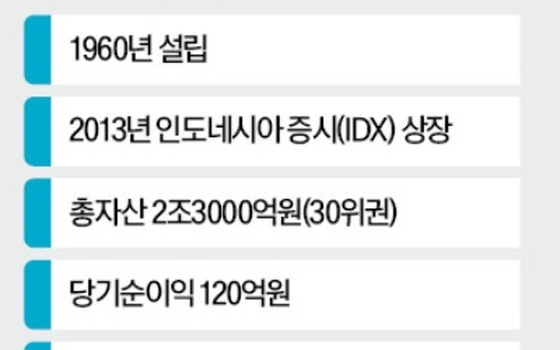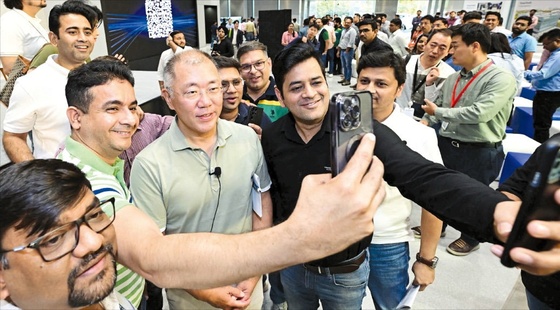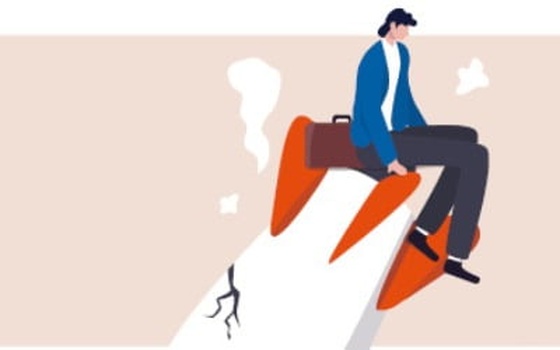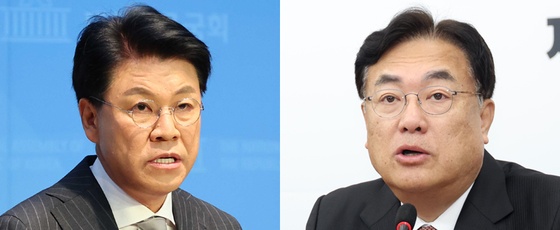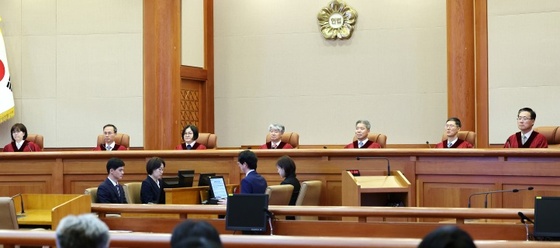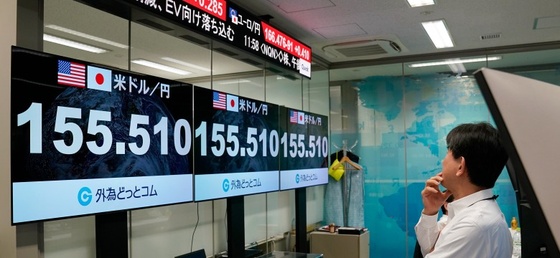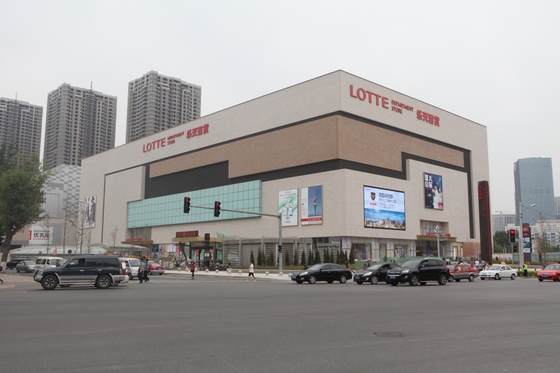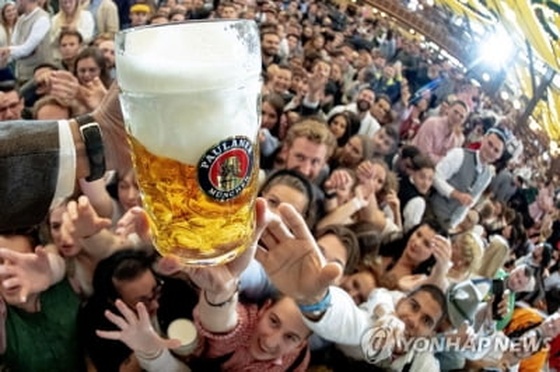[경제를 배웁시다] (영어로 배우는 국제경제) '그린스펀'
For three years now, Alan Greenspan has morphed back and forth between
the New Economy''s most powerful advocate and its most menacing skeptic.
With the recent revival of the on-again/off-again debate about whether
the U.S. is growing too fast for its own good, the Federal Reserve
Chairman once again is forced to make a choice: Does he want to play
Santa Claus this year, or Scrooge? For the past few months, Mr.
Greenspan has appeared to the world to be the Dickensian villain,
raising interest rates twice, saying last month that he''s leaning
toward doing so again this month, while tossing, for good measure,
another rhetorical bomb at the stock market.
Yet what"s gotten lost amid the central banker''s musings about "Dutch
tulip bulbs," "Russian equities," and "inflationary imbalances," is the
fact that he has, if advocate in recent months of the view that the
U.S.economy has been transformed for the better.
And a pleasantly surprising batch of data last week --- showing little
evidence of inflation or even the early pressures that could lead to it
--- could allow Mr. Greenspan to back up that part of his oratory with
a more laid-back monetary policy.
Of course, another quarter-point boost in the Fed''s main interest
rate target on Nov. 16 is still quite possible.
But it isn''t the done deal that many analysts believe.
"I''m much more open-minded about what the appropriate course is going
forward than I would have been had the current data had indications of
the existence of measurable inflationary pressures," says Edward
Boehne, Philadelphia Federal Reserve Bank president and a voting member
of the Fed''s policy-making committee.
To see that the New Economy Greenspan is still alive and well, it''s
worth taking a second look at his mid-October speech on financial risk
-- the one widely blamed for knocking 266 points off the Dow, giving
the index its single worst day in a year.
In that talk, Mr. Greenspan discussed at length the "equity-risk
premium," the discount buyers demand for the uncertainty clouding the
ultimate value of their purchase.
( 이하 생략 )
= The Wall Street Journal 11월 1일자 1면 칼럼
-----------------------------------------------------------------------
[ 두얼굴의 그린스펀 ]
지난 3년간 앨런 그린스펀 미국 연방준비제도이사회(FRB) 의장은 신경제
(New Economy)의 확고한 대변자의 모습과 가장 극렬한 회의론자의 모습
양쪽 사이를 오갔다.
요즘 그는 또 한번 선택의 기로에 서 있다.
최근 미국경제가 너무 빨리 성장하고 있는 것이 아닌가를 둘러싼 논쟁이
재연되고 있기 때문이다.
올해 그는 산타클로스가 될 것인가, 아니면 스크루지가 될 것인가?
불과 몇 달전 그린스펀은 디킨스 소설의 악당처럼 나타나 금리를 두 번
인상했다.
그리고는 또 이번 달 한 번 더 인상할 수 있다고 언급하면서 갖은 수사학적
언급들을 시장에 던졌다.
하지만 증시관계자들이 그가 던진 수사를 놓고 고민하는 동안에 그는 다시
미국경제가 더 좋은 방향으로 전환했다는 견해를 공공연히 내비치고 있다.
게다가 지난주 발표된 경제지표들은 적어도 당분간은 인플레 위협이 크지
않을 것임을 보여준 바 있다.
그린스펀으로서는 자신이 늘어놓은 수사들을 보다 유연한 통화정책과 결합할
수 있게 된 셈이다.
신경제 대변인으로서의 그린스펀이 건재하다는 것은 10월 중순 그의
금융 위기에 대한 연설을 다시 들여다보면 알 수 있다.
당시 그는 "주식투자위험 프리미엄"에 대해 장황하게 논했다.
이 프리미엄은 매수인이 매수 물건의 궁극적 가치의 불확실성 때문에 요구
하는 할인 가격을 말한다.
증시 활황이 거품이라고 믿는 사람에게 이 프리미엄이 하락하는 이유는
명확하다.
두 자릿수 수익에 도취한 나머지 미국인들이 점점 더 큰 위험 감수자가
되고 있다는 것이다.
< 뉴욕=이학영 특파원 hyrhee@earthlink.net >
( 한 국 경 제 신 문 1999년 11월 4일자 ).
-
기사 스크랩
-
공유
-
프린트
![[한경에세이] 소상공인 지원기관이 될래요](https://img.hankyung.com/photo/202404/07.35991182.3.jpg)
![[다산칼럼] 2024년 주주총회가 남긴 성과와 과제](https://img.hankyung.com/photo/202404/07.34201783.3.jpg)
![[차장 칼럼] GTX가 '교통혁명' 되기 위한 조건](https://img.hankyung.com/photo/202404/07.30302760.3.jpg)
